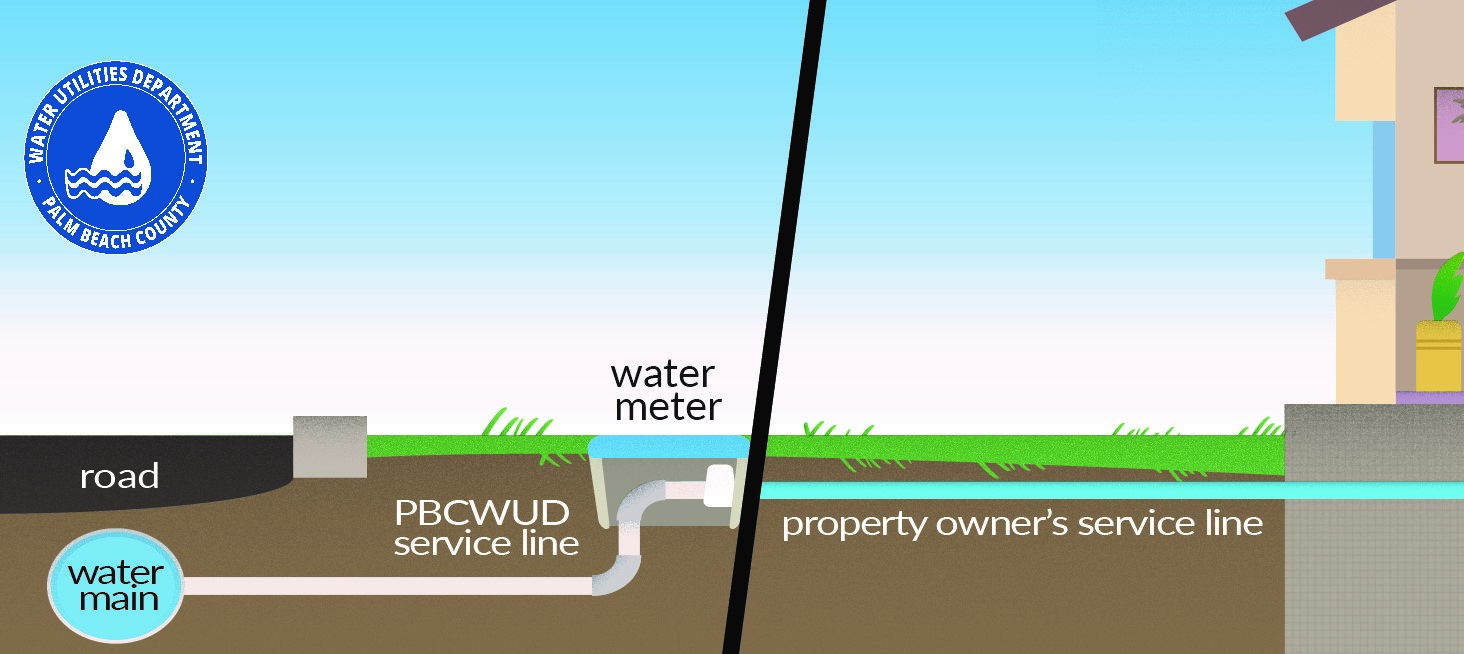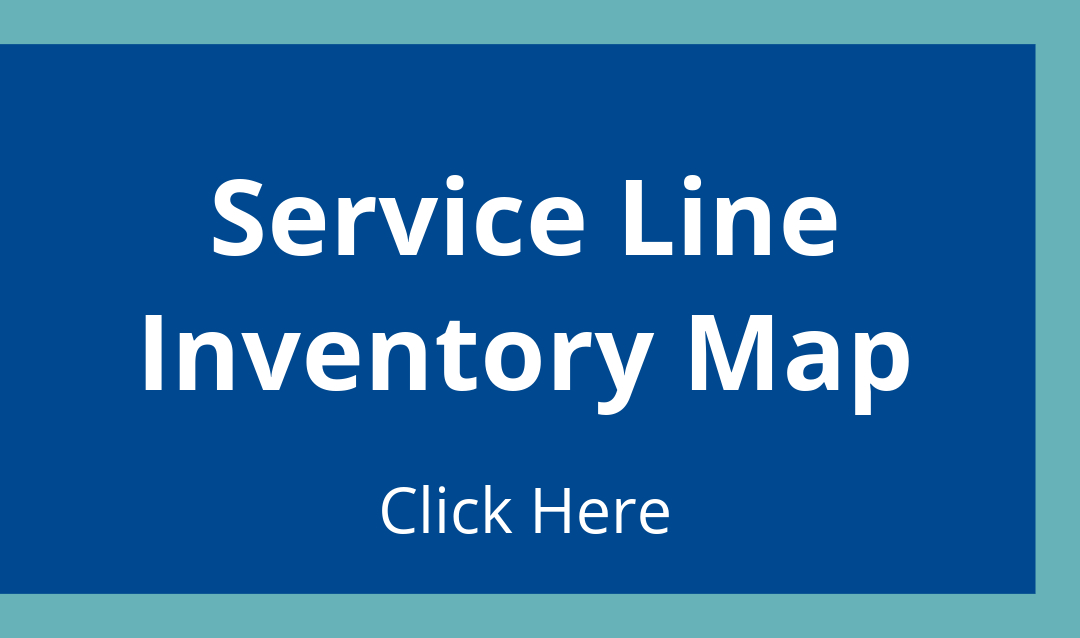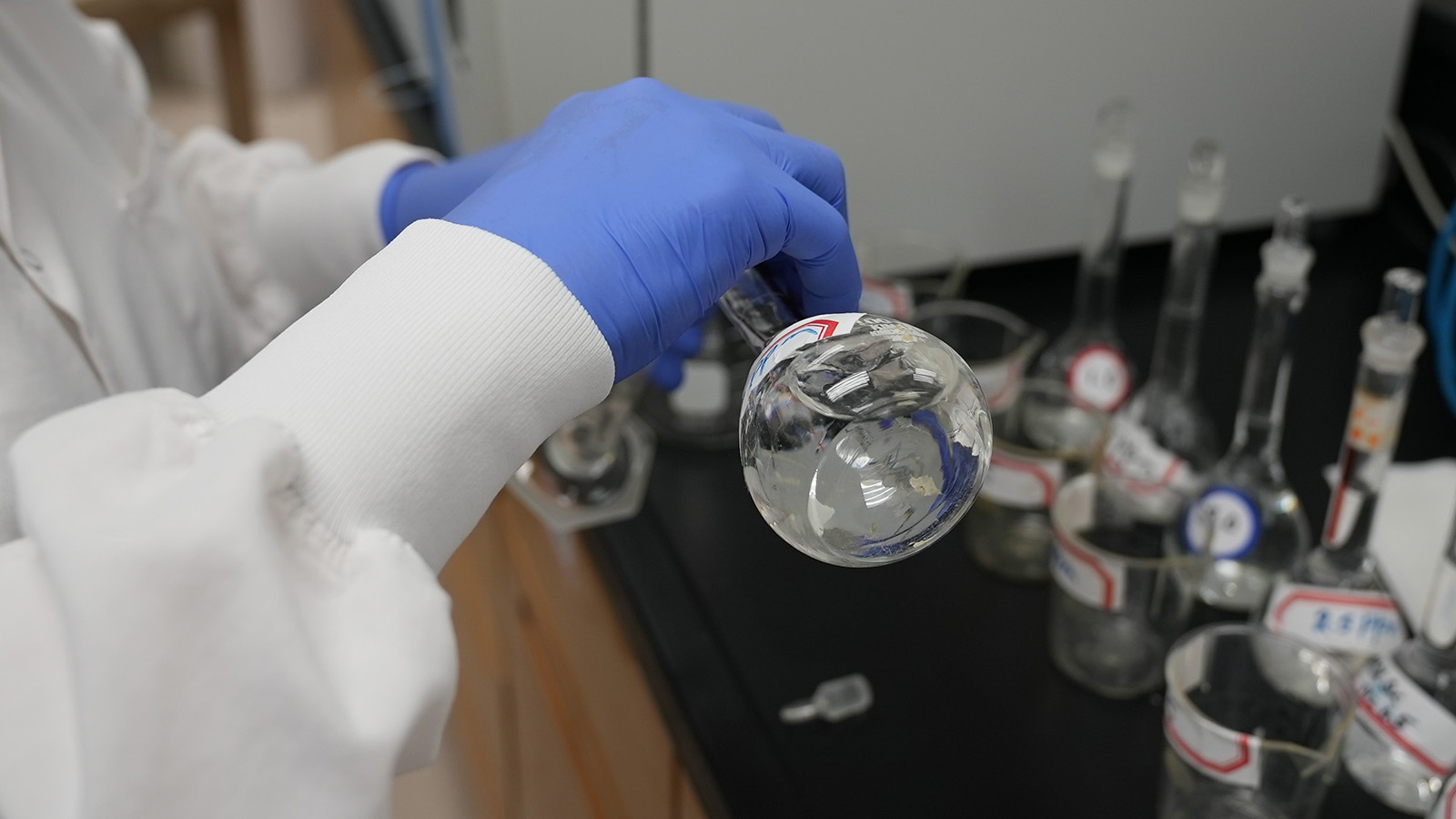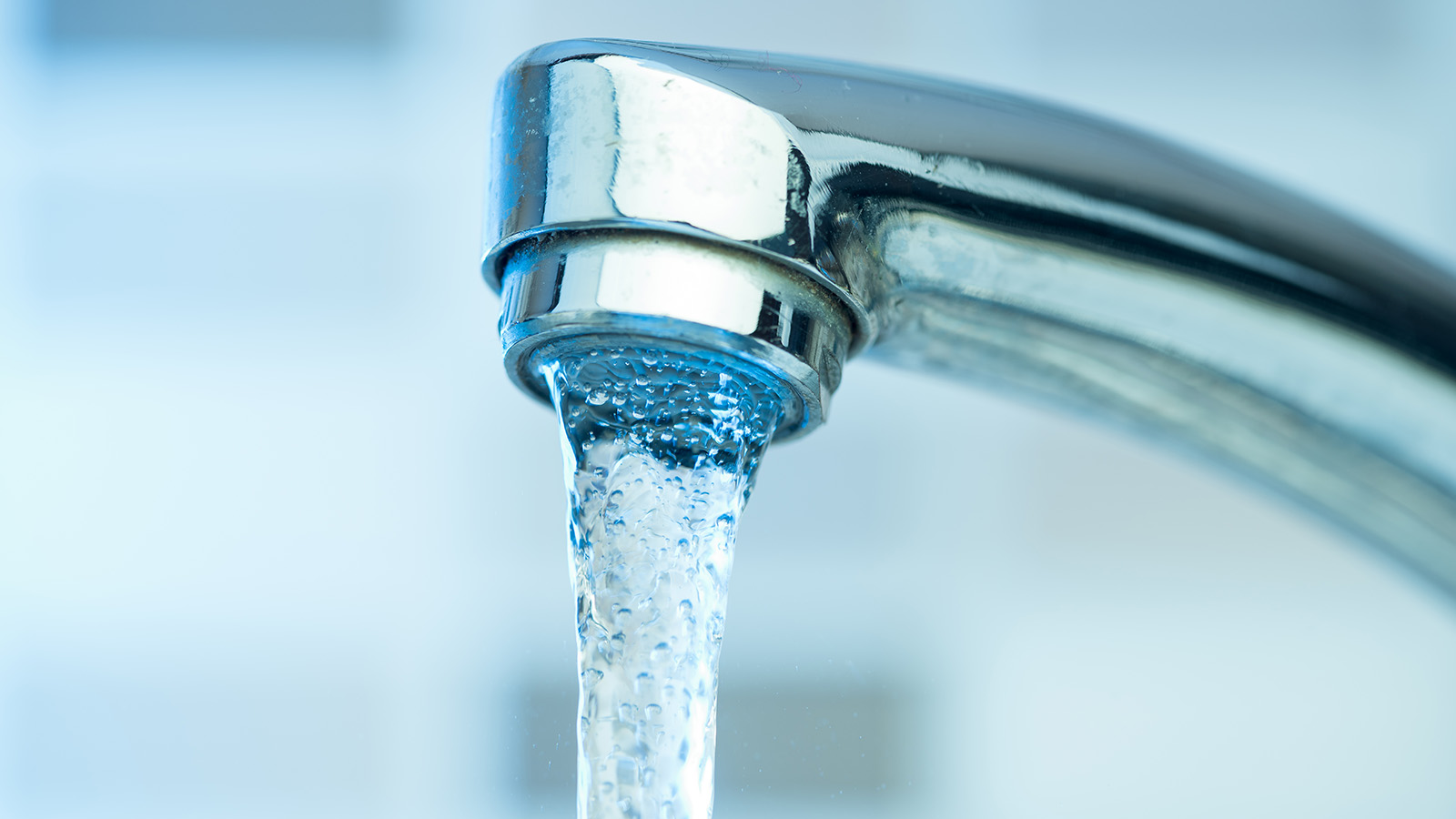In 1986 Congress amended the Safe Drinking Water Act, prohibiting the use of pipes that were not “lead-free" in public water systems or plumbing materials providing water for human consumption. Then in 1991, the Environmental Protection Agency (EPA) adopted a nationwide regulation to protect public health and to reduce exposure to lead and copper in drinking water known as the Lead and Copper Rule (LCR). In 2024, the EPA is implementing the 'Lead and Copper Rule Revision' (LCRR), which aims to protect children and communities even further- by requiring a nationwide removal of any water service delivery lines that may contain lead. Lead can enter drinking water when plumbing materials that contain lead corrode, especially where the water has high acidity or low mineral content that corrodes pipes and fixtures. The most common sources of lead in drinking water are lead pipes, faucets, and fixtures. In homes with lead pipes that connect the home to the utility's water main, also known as lead services lines, these pipes can be a significant source of lead in the water. Lead pipes are more likely to be found in older structures and homes built prior to 1986, when Congress amended the Safe Drinking Water Act to prohibit use of lead pipes nationwide.
Locally, Palm Beach County proactively adopted a standard building code in 1974 for unincorporated areas that did not allow any lead service lines to be used, well before it became a national standard. While this measure applied to the unincorporated areas of Palm Beach County, individual cities and municipalities might have implemented their own codes. To see which utility provider serves your address, visit our "Find Your Provider" tool here.
Service Line Inventory
As part of the new LCRR, PBCWUD is conducting a system-wide inventory of all service lines - including those on the property owner's side of the meter- in response to the new regulations from the EPA effective October 16, 2024. Service lines are usually buried in the yard or in front of the structure and serve as the connection between the water meter and the home. The portion of the service line between the water main and meter box is maintained and owned by PBCWUD, while the remainder of the service line between the meter box and the building is owned by the home, business or property owner. Should lead be detected on the property owner's side, they will be notified, with suggested next steps. Property owners are responsible for checking, maintaining and/or replacing any plumbing fixtures inside the home or building.
Click here to access the Service Line Inventory Map.
What to Expect
-
During the service line inventory, you may see PBCWUD utility crews working near the road or near the water meters.
-
Water service will not be interrupted.
-
Limited lane closures are possible as crews will be working primarily within the shoulder area of streets.
-
Please follow posted signs and drive with caution and slowly if crews are working in the area.
We apologize in advance for any inconvenience and thank our customers for their patience as we complete this project. Additional information will be posted on this page as it becomes available, with the full PBCWUD Lead Service Line Inventory to be made available when completed later this year. The Lead Service Line Inventory map will be interactive, searchable by address in the PBCWUD service area. For boundaries of the PBCWUD service area, visit our "Find Your Provider" tool here.
Drinking Water Quality
PBCWUD's drinking water system consists of wells, water treatment plants, the water mains that distribute the water, and finally the customers' water meters, which connect to the customers' service lines that bring water from the water main to the individual home or business. With our mission to provide the Best Water, Best Service, and Best Environmental Stewardship, PBCWUD conducts more than 50,000 water quality tests annually, including lead and copper, to ensure our customers receive the highest-quality drinking water that is continually monitored 24 hours a day by licensed professionals. We have wells that withdraw water from the Biscayne and Floridan aquifers. The fresh, clean water is pumped from the well fields to one of five water treatment plants for processing. The water leaves the treatment plants and is disinfected as per Florida Health Department regulations before it enters over 2,500 miles of water mains for distribution to our customers. PBCWUD supplies drinking water free of any traces of lead. For a full copy of PBCWUD's Consumer Confidence Drinking Water Quality Report, click
here.

Illustration of typical water utility service line configuration.


PBCWUD utility crews conducting the inventory throughout the utility service area.

PBCWUD conducts over 50,000 water quality analyses each year.

PBCWUD provides high-quality water to over 635,000 customers.